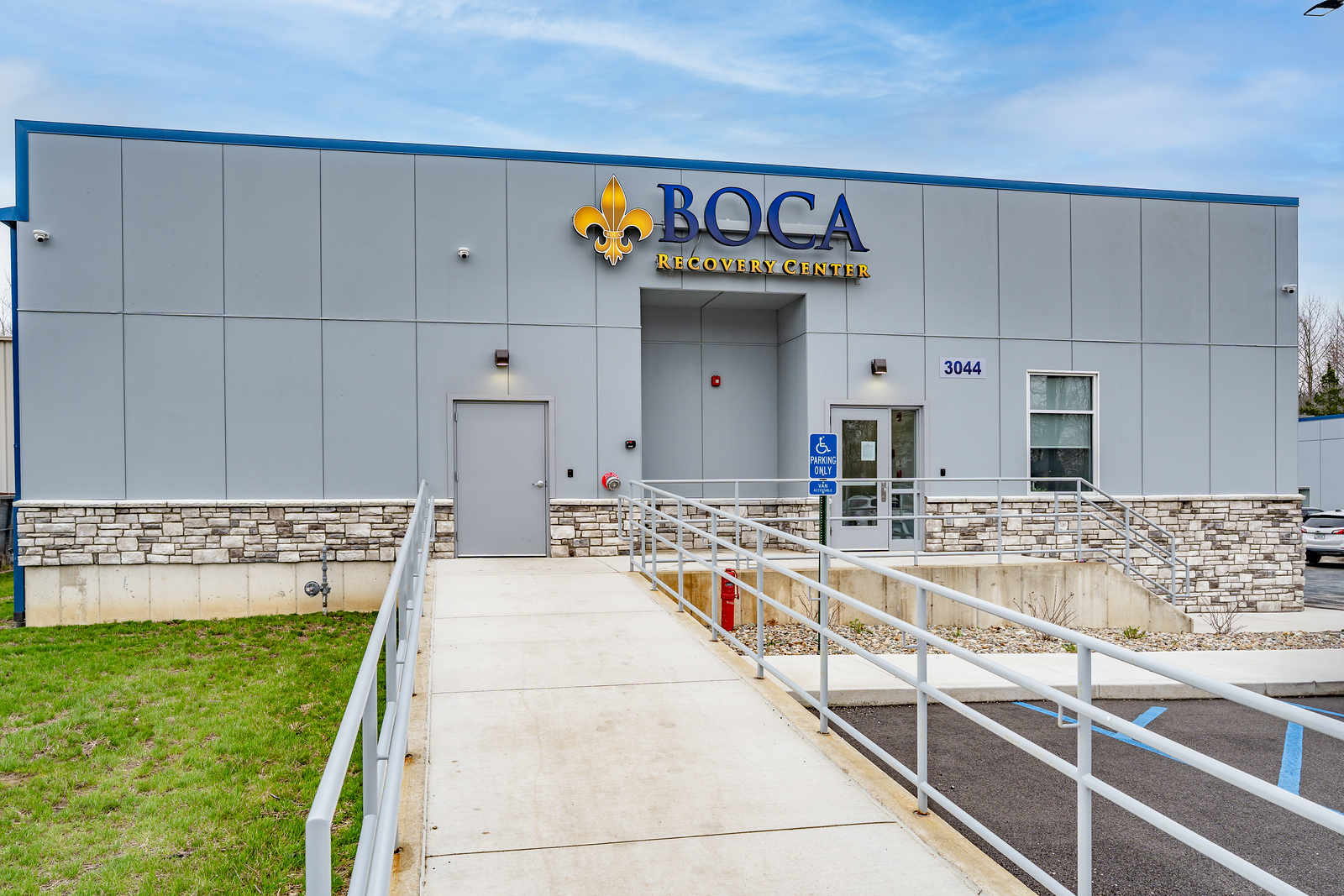Cocaine is a drug with a powdery texture that’s typically snorted. Crack is a form of cocaine that has a glass-like look and feel. It’s usually heated up and inhaled.
Symptoms of a crack cocaine overdose include respiratory distress, paranoia, hallucinations, chest pain, tremors, and seizures. Overdose may lead to a heart attack, stroke, or cardiac arrest.
Can You Overdose on Crack Cocaine?
Yes, crack cocaine use can lead to overdose. Cocaine is a Schedule II narcotic, highly addictive, and dangerous. Crack cocaine overdose can be fatal.


Signs of Crack Cocaine Abuse
National Statistics on Cocaine Overdoses
According to the Centers for Disease Control and Prevention (CDC), the following statistics reflect the current state of cocaine overdoses in the United States:
12.3%
The rate of drug overdose deaths involving cocaine was 12.3% higher in 2022 than in 2021
8.2 per 100,000
In 2002, 1.6 overdose deaths per 100,000 were attributed to cocaine, which jumped to 8.2 by 2022
How Much Crack Makes You Overdose?
There isn’t a set amount of crack that will cause an overdose in everyone. The amount that causes an overdose will vary greatly from person to person, depending on personal tolerance levels, body size, metabolism, any other substances taken, and other factors.
What Are the Signs & Symptoms of Overdosing on Crack Cocaine?
Symptoms of a crack cocaine overdose may vary in severity, depending on the individual and amount consumed. Some common signs of a crack overdose include the following:
| Difficulty breathing or shortness of breath | Can lead to upper respiratory or pulmonary distress |
| Chest pain | Can raise heart rate and blood pressure, leading to heart attack if left untreated |
| Extreme agitation or paranoia | Also called excited delirium, and is a very serious symptom of severe cocaine toxicity |
| Hallucinations or delusions | This cocaine-induced psychosis occurs during intoxication or withdrawal and can last several hours to several days |
| Seizures or tremors | Can occur suddenly or exacerbate an existing seizure disorder. A cocaine overdose can also cause a stroke, which could lead to seizures. |
| Unconsciousness or unresponsiveness | An emergency symptom that occurs when oxygen starvation stops the function of vital organs like the heart and brain. |
| Irregular or rapid heartbeat | Occurs due to cocaine’s effect on the heart’s electrical system. This can lead to life-threatening arrhythmia which could cause cardiac arrest. |
| Enlarged pupils | Called “cocaine eyes” and caused by the drug’s stimulant effects. Eyes may also be bloodshot or jaundiced with impaired vision. More serious eye conditions caused by cocaine overdose can include glaucoma, rapid eye movement, and keratitis (inflamed corneas) |
| Stroke | Can be ischemic or hemorrhagic. Occurs because cocaine can rapidly increase blood pressure, which could lead to a brain bleed. |
Risk Factors for Crack Cocaine Overdose
Several factors can increase the likelihood of experiencing a crack overdose. Here are some of them:
High Tolerance Levels
Tolerance forms with prolonged use of crack. This can lead individuals to consume greater quantities of crack, amplifying the risk of an overdose.
It’s easy for users to misjudge a dose. There’s a fine line between a dose that will get you high and one that will cause an overdose.
Mixing Crack With Other Substances
It’s common for crack to be used alongside other substances, such as alcohol or opioids. Mixing substances increases the risk and potential severity of an overdose. Polysubstance abuse can also complicate overdose treatment.
Binge Use Patterns
This occurs when users smoke excessive amounts of crack in short time frames. The more crack that is used with less time to recover between doses, the greater the chances of overdose.
Adulterated Drugs
There is no way to know the quality, potency, and purity of drugs bought on the street, and crack is often cut with other substances, some benign and some toxic. If crack is laced with other substances, the risk of overdose can be greatly heightened.
One of the primary adulterants used in the manufacture of cocaine is levamisole. The U.S. Drug Enforcement Agency (DEA) estimates that the drug is found in about 80% of the seized cocaine in the U.S.
Makers of cocaine add the drug, which once was administered to treat parasitic worm infections, to increase the amount of the drug and boost profits. Adding the adulterant has been linked to both fatal and debilitating immunologic conditions.
In addition, some doses of crack cocaine may contain fentanyl, a synthetic opioid that is shown to be deadly. Scientists warn that the drug can be 100 times stronger than morphine. Even a scant amount (an amount equal to only around five grains of salt) can stop breathing and trigger cardiac arrest.
If you use crack or know someone who does, it’s a good idea to keep naloxone on hand. This can be used to immediately reverse an opioid overdose. If crack is laced with fentanyl, administering naloxone could save the person’s life.
What Happens When You Overdose on Crack Cocaine?
A crack overdose occurs because the body becomes overwhelmed by the drug’s effects. The dose is too much for the body to process, and systems begin to shut down as a result.
When this happens, a person may experience cardiac arrest, a seizure, or respiratory failure and death. The damage resulting from an overdose depends on the severity of the event and the response time for treatment.
In some cases, a survivor of an overdose may experience lasting damage to the heart, brain, and other vital bodily organs. Some of the damage may be reversible, but in many cases, it may be permanent.
What to Do During a Crack/Cocaine Overdose
If you suspect someone is experiencing a crack overdose, take immediate action to minimize the damage and potentially save their life.
Step 1: Call 911
Call 911 immediately if you suspect someone is overdosing. While you can take certain measures on your own, it won’t be enough. Emergency medical help is necessary. Remain on the phone with the emergency operator and follow their instructions until paramedics arrive.
Step 2: Administer naloxone
Even if you aren’t sure what they took, it’s always a good idea to administer naloxone in a potential overdose situation. There is no harm in doing so, and if any opioids were taken (knowingly or unknowingly), naloxone can reverse the overdose.
Step 3: Clear the area (if necessary)
If the person is having a seizure or shaking, move any objects from the area that could injure the person. Roll the person onto their side into the recovery position. This ensures they won’t choke if they vomit.
Step 4: Wait for medical personnel
When medical professionals arrive, they will usually treat a crack cocaine overdose with supportive care. If a cardiac arrest has occurred, they’ll perform CPR. They may administer fluids or other medications, like benzodiazepines, to stabilize the person.
Tip: Talk in calm, low tones
Aim to promote a soothing environment. If the person is conscious, keep them engaged in conversation and reassure them that help is on the way.
Tip: Apply a cool compress
If the person’s body temperature seems high, apply a cool compress to their forehead.
When medical professionals arrive, they will usually treat a crack cocaine overdose with supportive care. If cardiac arrest has occurred, they’ll perform CPR. They may administer fluids or other medications, like benzodiazepines, to stabilize the person.
Yes. A crack overdose can be fatal. If you consume an amount that’s too large for your body to tolerate, then it can lead to cocaine toxicity. This condition can trigger life-threatening symptoms ranging from hyperthermia and seizures to hemorrhages and heart attacks.
Crack cocaine has a half life of 15 minutes. It normally stays in a person’s urine for around four days, and about 12 hours in their blood. However, the length of time you may feel effects can vary based on your body composition, the amount consumed, and the length of time you’ve been taking the substance. Note that traces of the drug can still show up in your hair for several months, especially if you’ve used the drug heavily or for a long period of time.
Long-term crack cocaine use can have devastating effects on your mind and body. Some of the issues you may experience include cardiovascular and pulmonary damage, permanently high blood pressure, irregular heart rate, and irreversible damage to your sinuses.
Recovery Path Timeline
After you experience a cocaine overdose, we’ll be here to support you through every step of your recovery journey. While everyone’s treatment path is different, here’s a brief timeline of what you can expect:
Step 1: Medical Detox
Most clients begin with our medical detox services. This process includes round-the-clock support and supervision as you withdraw from cocaine, with FDA-approved medications used as needed to alleviate your symptoms and reduce your risk of relapse.
Step 2: Inpatient Treatment
If you require 24/7 support after your detox, you may choose to continue your recovery journey in one of our luxurious, premium residential treatment facilities. At Boca Recovery Center, all of our locations provide the comforts of home, as well as recreational opportunities, nutritious food, and evidence-based therapeutic interventions to help you understand more about your drug use and how to adopt healthier habits.
Step 3: Outpatient Treatment
Some clients may choose to enter outpatient rehab immediately, while others will step down to this treatment option after living on-site. We offer partial hospitalization, intensive outpatient, and general outpatient services based on the level of care you need. You’ll attend therapy sessions a few times each week while continuing to live at home.
Step 4: Aftercare
Once your treatment with us has ended, we won’t leave you stranded. Our robust aftercare plans are personalized to meet your needs and are designed to keep you connected to community resources, alumni networks, and ongoing support to lower your risk of relapse and encourage your long-term sobriety.
The Necessity of Addiction Treatment
An overdose is a clear sign that addiction treatment for crack abuse is needed. If you survived an overdose, you might not be as lucky the next time. But with comprehensive addiction treatment, you can learn to stop abusing crack and how to resist relapse. It takes support and tailored care, but you can build a healthy and happy life in recovery.
- Causes of Death Among Crack Cocaine Users. (September 2006). Brazilian Journal of Psychiatry.
- Levamisole and Cocaine Synergism: A Prevalent Adulterant Enhances Cocaine’s Action in Vivo. (January 2014). Neuropharmacology.
- WARNING: Local Cocaine May Contain Fentanyl. (June 2018). University of Pennsylvania. Resources.
- Drug Overdose Deaths Involving Cocaine and Psychostimulants With Abuse Potential — United States, 2003–2017. (May 2019). Centers for Disease Control and Prevention.
- Cocaine Toxicity. (October 2022). StatPearls.
- Acute and Chronic Effects of Cocaine on Cardiovascular Health. (February 2019). International Journal of Molecular Sciences.
- Cocaine and Cardiotoxicity: A Literature Review. (April 2021). Cureus.











